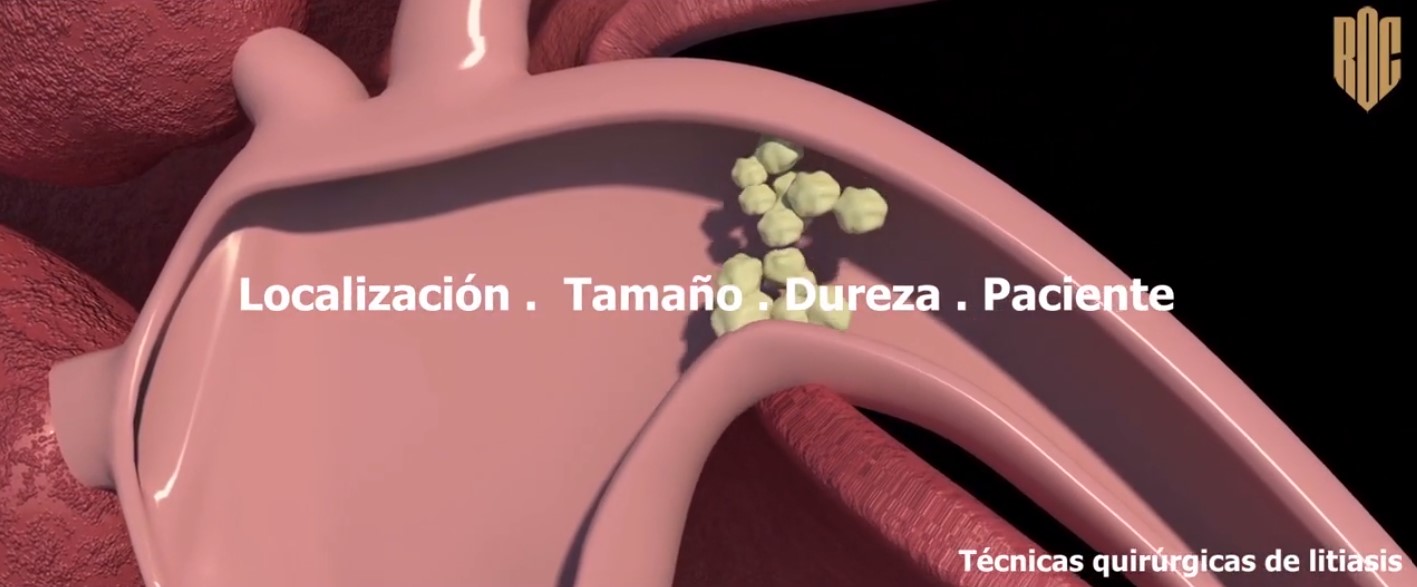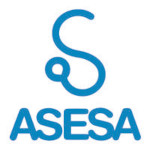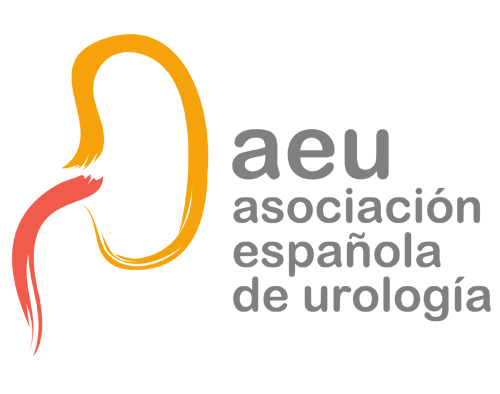Percutaneous nephrolithotomy with Trilogy
Percutaneous nephrolithotomy is the first-line option for kidney stones larger than 2 cm in size.


What is Percutaneous Nephrolithotomy with Trilogy?
Percutaneous nephrolithotomy (PNL) is a technique used to remove kidney stones from the body when they cannot be removed on their own.
"Percutaneous" means through the skin. Therefore, it is a procedure that creates a conduit from the skin to the kidney in order to remove kidney stones with the help of different medical devices.
Percutaneous nephrolithotomy is the first-line option for kidney stones larger than 2 cm in size, as recommended by the American Urological Association (AUA) and European Association of Urology (EAU) guidelines.
Other cases in which percutaneous nephrolithotomy (PNL) may be recommended include:
- When there are large stones in the ureter (pathway connecting the kidney to the bladder).
- When other therapies have failed.
In recent years, several technological advances have been made in this surgery. On the one hand, the miniaturization of percutaneous access and, on the other, major changes in fragmentation devices, since the outcome of the surgery depends, to a large extent, on the efficacy of the lithotripter used.
Trilogy, a powerful technology for intracorporeal lithotripsy
In this regard, the latest innovation in intracorporeal lithotripsy that has demonstrated great efficiency and efficacy in intracorporeal nephrolithotomy is the Swiss LithoClast Trilogy device from EMS Urology.
This lithofragmenting device delivers ultrasonic and electromagnetic energy in a single probe, generating a highly effective combination of ultrasonic and ballistic discharge. In addition, its high suction capacity allows for faster stone removal while keeping intrarenal pressure low. This suction system is only activated during treatment, limiting unwanted stone movement and the potential suction cup effect on the mucosa.
Thanks to the reduced movement of the probe tip, the device significantly reduces the effect of stone retropulsion. The Swiss LithoClast Trilogy technology enables safe and efficient intervention by removing large volumes of calculi, regardless of their composition and hardness.
Scientific research indicates that stone removal rates and the postoperative stone-free rate with Trilogy are high. Also, the surgeons' experience is excellent, as it is a more effective technology compared to previously used lithotripters.
How is percutaneous nephrolithotimia surgery with Trilogy?
Advance preparation
It is necessary to fast for 6 to 8 hours before surgery. It is also important that you inform your doctor about the medications you are taking because, in some cases, you may need to skip them before surgery.
Prior to the procedure, urine and blood tests will be performed on the patient in consultation to detect signs of infection or other problems. In addition, a computed tomography (CT) scan will be performed to determine where the stones are located and to estimate their hardness.
Surgery
The patient will receive general anesthesia to avoid pain during the procedure.
The surgeon makes a small incision in the back and passes a needle through the skin into the kidney. He will then dilate the tract and insert a tube that will allow instruments to pass through it. These instruments include, among others, a camera and the lithofragmenter that will allow the stone to be broken up and removed.
After the procedure, a tube will be placed in your kidney (nephrostomy) and another tube will be placed in your ureter (catheter) to drain urine.
The site where the nephrostomy was inserted is covered with a dressing. The catheter is internal and does not go outside.
Postoperative
After percutaneous nephrolithotimia, the patient will be admitted to the hospital for 48 to 72 hours. The nephrostomy is usually removed after 24 hours. It is important to watch for any bleeding in the urine after discharge.
Depending on your job, the specialist will assess whether you can return to work after a week or if you need more time to rest.
After 4-6 weeks, the doctor will follow up with you and request imaging tests to check if any fragments have remained and to verify the correct functioning of the kidney.
Some recommendations to be carried out after the operation are:
- Avoid lifting, pulling or pushing heavy objects for 2-4 weeks after surgery.
- If you develop a fever or chills, see your health care provider. These could be signs of infection requiring emergency medical attention.
- If there is pain that is not relieved by analgesics, tell the doctor.
- Follow your doctor's instructions to prevent kidney stones in the future.
- Indicated in calculi of 2 cm or larger, of any composition and, preferably, in renal location.
- High suction capacity, facilitating fragment aspiration and keeping intrarenal pressure low.
- It reduces surgical time due to its high ablative and aspiration efficiency.
- Indicated for any type of percutaneous surgery - standard PNL (24F).
- Provides ultrasonic and electromagnetic energy in a single probe.
- Requires experience in its use.
- Its price is higher.
In our experience, the Swiss LithoClast Trilogy device has allowed us to satisfactorily treat large lithiasis regardless of its composition, achieving rapid and complete resolution of the case. The suction system allows fragments to be aspirated and reduces surgical time, as it improves visibility and there is no need for manual extraction of fragments.
Our resolution rate is 94% postoperatively and 97% at three months.
+100
cases solved
94% of the interventions have been successfully resolved after the operation.
97% of the interventions have been successfully resolved within 3 months of the operation.
Newsof ROC Clinic in Percutaneous Nephrolithotomy with Trilogy
Research
Da Vinci and Hugo RAS Platforms for robot-assisted partial nephrectomy: a preliminary prospective comparative analysis of the outcomes.
They ask us in the Consultation
See more questionsTeam of the percutaneous nephrolithotomy unit with Trilogy
No professionals were found.


 +34 912 627 104
+34 912 627 104 Contact
Contact





